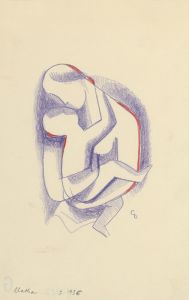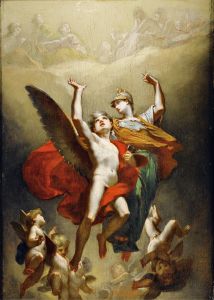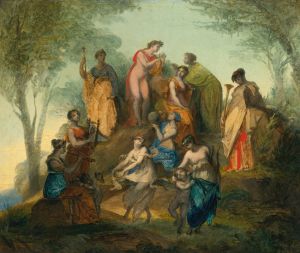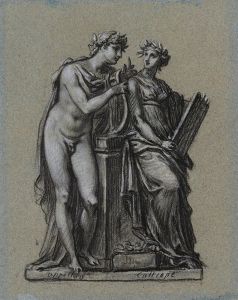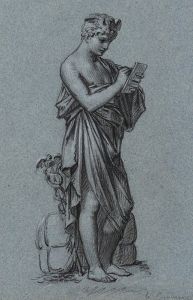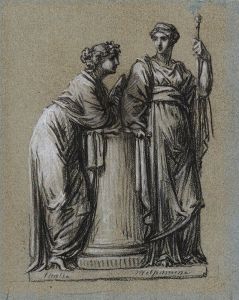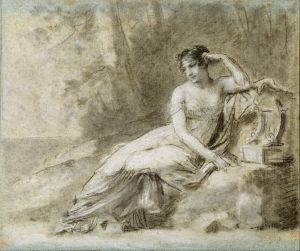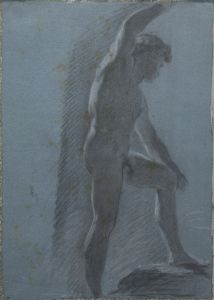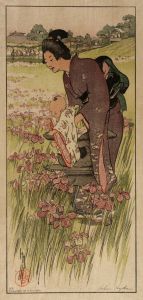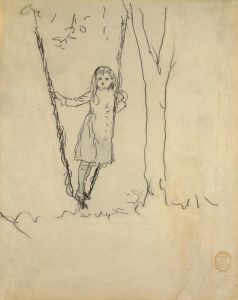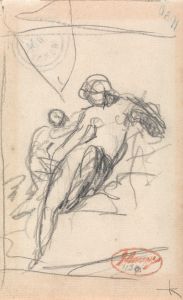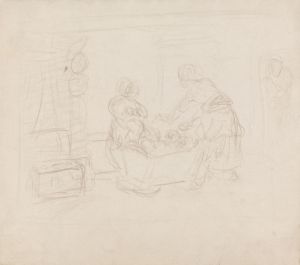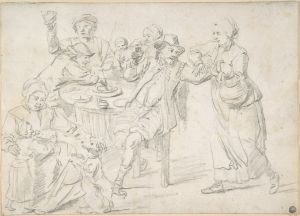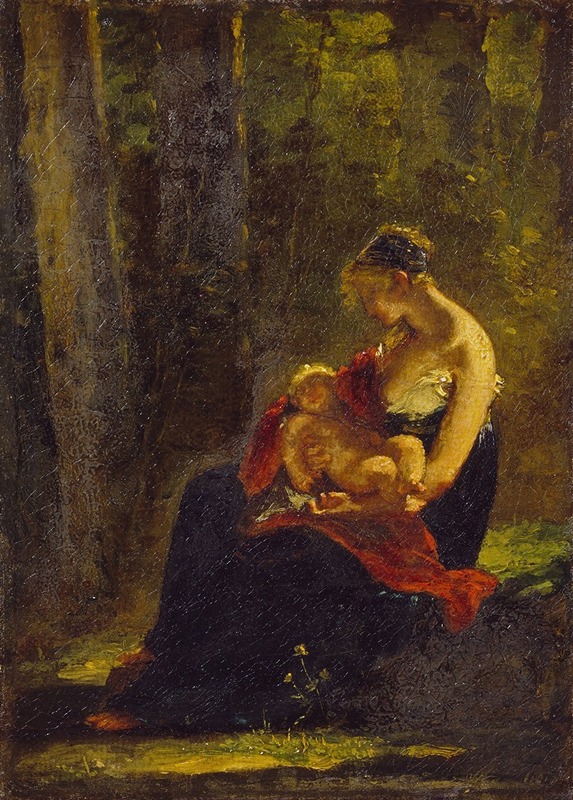
The Happy Mother
A hand-painted replica of Pierre-Paul Prud'hon’s masterpiece The Happy Mother, meticulously crafted by professional artists to capture the true essence of the original. Each piece is created with museum-quality canvas and rare mineral pigments, carefully painted by experienced artists with delicate brushstrokes and rich, layered colors to perfectly recreate the texture of the original artwork. Unlike machine-printed reproductions, this hand-painted version brings the painting to life, infused with the artist’s emotions and skill in every stroke. Whether for personal collection or home decoration, it instantly elevates the artistic atmosphere of any space.
Pierre-Paul Prud'hon’s painting The Happy Mother is a celebrated work by the French artist, known for his mastery of Romanticism and his ability to convey emotion through delicate compositions. Created in 1803, this painting exemplifies Prud'hon’s skill in blending classical ideals with a tender, humanistic approach to his subjects. The artwork is often admired for its intimate portrayal of maternal love, a theme that resonated deeply during the early 19th century.
The painting depicts a serene domestic scene, with a mother tenderly holding her child. The figures are rendered with soft, luminous tones, characteristic of Prud'hon’s style, which was influenced by both Neoclassicism and the emerging Romantic movement. The mother’s gentle expression and the child’s relaxed posture evoke a sense of warmth and tranquility, emphasizing the emotional bond between the two. Prud'hon’s use of light and shadow enhances the depth and softness of the composition, creating an almost ethereal atmosphere.
Prud'hon was known for his ability to combine the idealized beauty of classical art with a more personal and emotional sensibility. In The Happy Mother, this synthesis is evident in the harmonious composition and the naturalistic depiction of the figures. The painting reflects the cultural values of the time, particularly the emphasis on family and domestic life during the Napoleonic era. It also aligns with the Romantic interest in exploring human emotion and the beauty of everyday experiences.
The artist’s technique in this work demonstrates his training in classical art, as well as his admiration for Renaissance masters such as Leonardo da Vinci and Raphael. Prud'hon’s use of sfumato—a technique that creates soft transitions between colors and tones—adds to the painting’s dreamlike quality. This approach distinguishes his work from the more rigid and formal style of his contemporaries in the Neoclassical movement.
The Happy Mother is housed in the Louvre Museum in Paris, where it continues to be appreciated for its artistic and emotional depth. The painting is considered one of Prud'hon’s masterpieces and a significant example of his contribution to the Romantic movement in French art. Through this work, Prud'hon captures the universal theme of maternal love, making it a timeless piece that resonates with viewers across generations.





